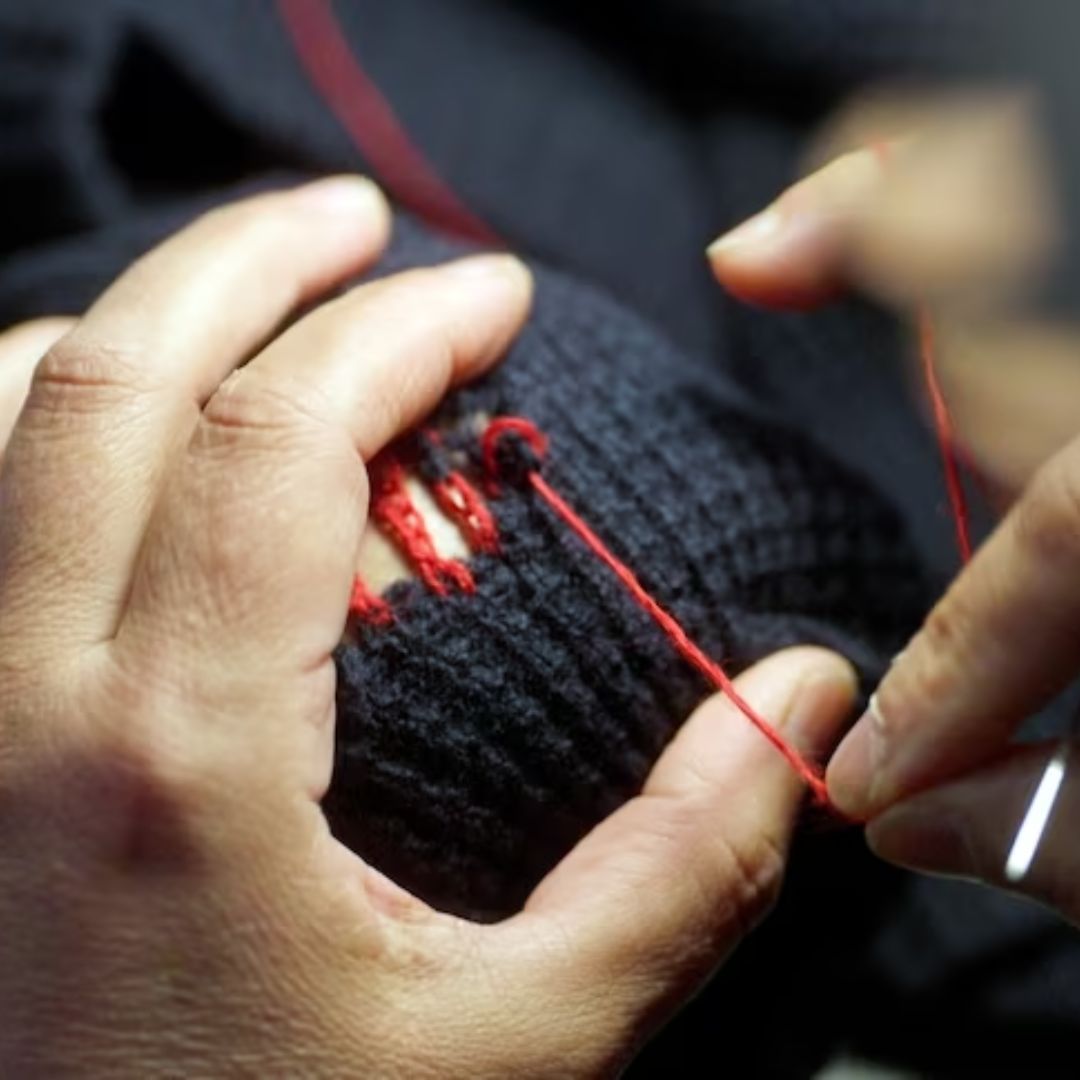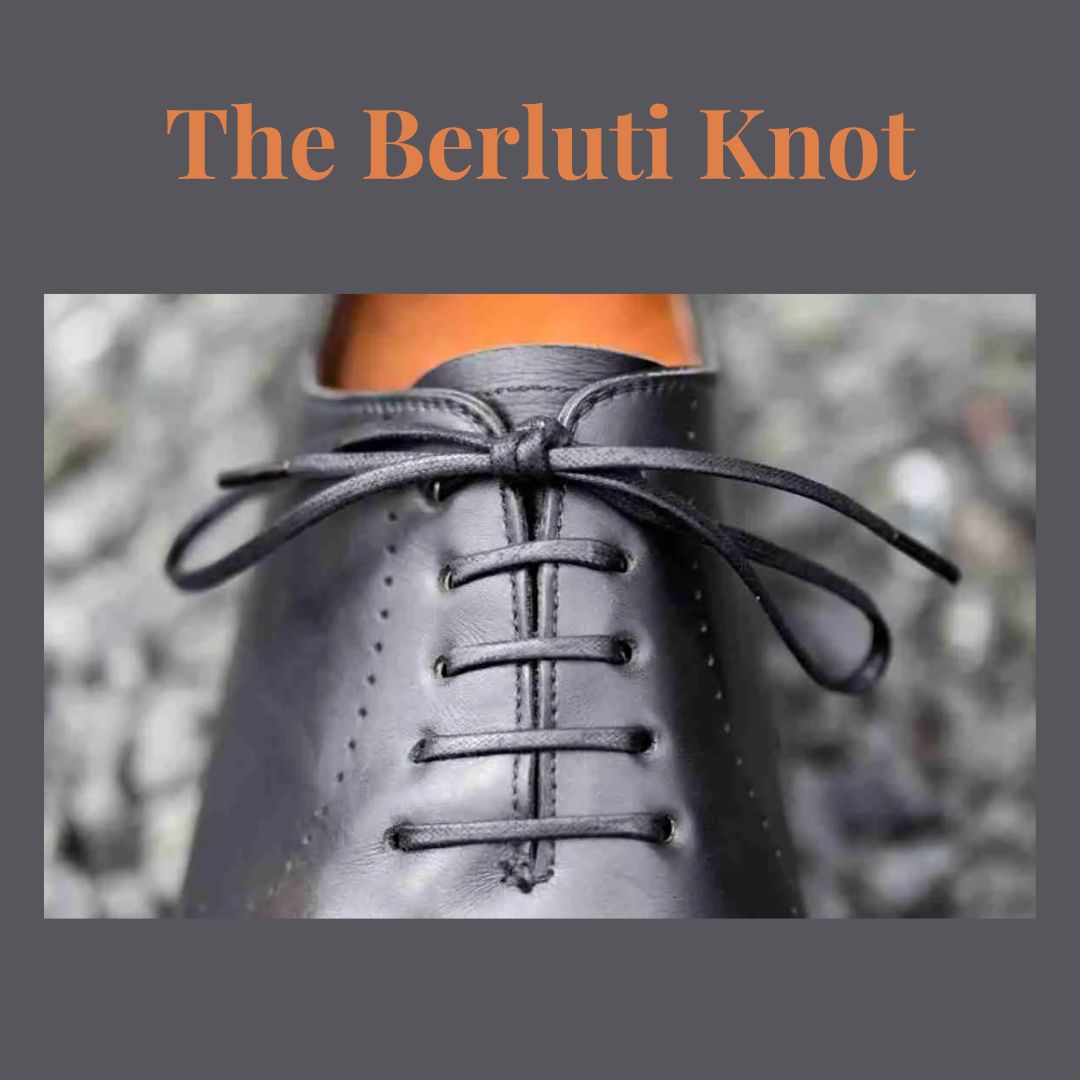
A Stitch in Time
~6 min read
There’s an old saying, a stitch in time saves nine. Originally it referred to mending clothing. It is much easier to mend a small tear or hole before it becomes a much larger job over time. But it refers to much more than garment repair. Many problems are easy to fix early on but may become much more difficult to fix later.
An application of this adage to Climate Change would be to prevent the release of greenhouse gas emissions now rather than trying to extract the gases from the atmosphere later, when they are much more diffuse and difficult to remove. For those still struggling to understand the so-called “carbon tax,” it is a method of assigning a cost to greenhouse gases before they are released and become much more expensive to collect. Environmentalists around the world agree this is the least we can do to assign a dollar value to carbon. In Canada (or at least in Ontario) the “tax” is returned to taxpayers on a regular basis so it’s not a tax at all. But it is a way of assigning a dollar value to releasing carbon into the atmosphere so that consumers are reminded at the pumps of the need to reduce carbon emissions.
Make Mending Great Again
But a “stitch in time saves nine” in actual clothing can have a direct impact on Climate Change as well. The fashion industry is a major contributor to carbon emissions. It has become worse lately with the fashion industry switching to “fast fashion.” Inexpensive clothing from foreign suppliers is replacing more durable clothing. Every year, 92 million tons of waste clothing goes to landfills. Producing new fashions contributes 10% of global carbon emissions. The effects of fashion on the environment are significant.
With the influx of cheap clothing, it is generally cheaper to discard worn clothing and buy new rather than repair. The fashion industry counts on this philosophy to keep them in business. By frequently changing fashions, the demand for new clothes keeps growing. Who has time for repairs?
King Charles (when he was Prince Charles) became very well known for repairing clothing rather than buying new. He would buy high quality clothing and have them repaired when they were worn or torn. He has been seen with visible patches on his jackets or shoes. As a result, his clothes last for many years. How many of us would feel odd going out in public with visible mends in our attire? We leave undone the bottom button on our jackets and vests in honour of King Edward VII, who gained some weight and needed to leave his bottom buttons undone to get his clothing on. The rest of the court did the same to identify with the king and we are still doing it to this day. (Try going outside with the bottom button of your jacket done up and see how long it takes for someone to point out your error.) Perhaps we could emulate King Charles and be seen with visible repairs to our clothing to cut down on our consumption. Make repair of worn clothing acceptable again.
Thrift Shops, Tailoring, and Buying Online
Many people are turning to thrift shops to buy used clothing rather than new. Used clothing can be taken to a tailor to be fitted or repaired and it can take on a new life. The cost of repairs and fitting can be much less than buying new items, especially for higher cost things like suits and jackets. For many of us this is a viable option for getting good quality clothing at a reasonable price. A word of caution buying used clothing online. Some things are more worn than others and it’s not always easy to see the quality of used items on a computer screen. Repairs might cost more than you expected but still be cheaper than buying new.
Personally, I find I am repairing clothing almost on a weekly basis. Most of my socks have repairs, as do a lot of my shirts. For many years, my sewing repair kit has not been far from me. When travelling I always took a small travel sewing kit. According to Google, small sewing kits are still allowed in carry-on luggage. I have made many clothing repairs in foreign lands. Being able to sew on a button or mend a small rip are essential life skills, up there with being able to iron a shirt or trousers. (Modern textiles don’t seem to require much ironing, so we have very little left to do to maintain our clothing…I only have a couple of shirts and trousers that need ironing after washing.)
This also fits in with living a frugal lifestyle. When I was growing up, my mother made many clothes for the family. She always had a sewing machine and was also an avid knitter. Near the end of her life, she knit me a cardigan, which I still have and wear when it is particularly cold out. I have clothes in my wardrobe that people made for me, and I keep them to remind me and wearing them is extra special.
There are simple things we can do to reduce our carbon footprint and walk lighter on the land, while saving us some money at the same time; a win-win.


